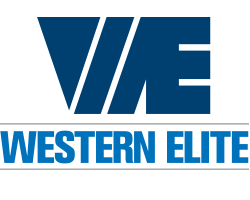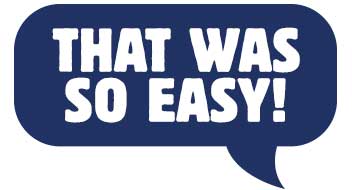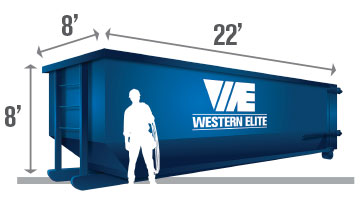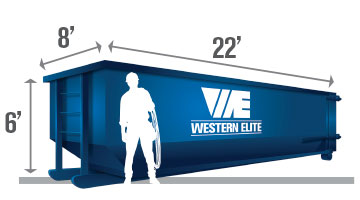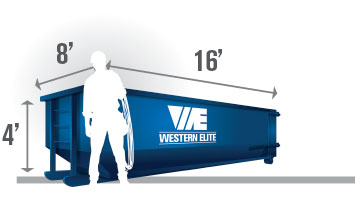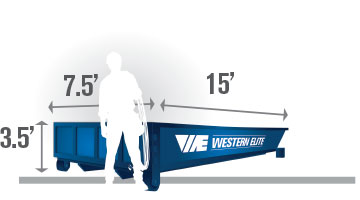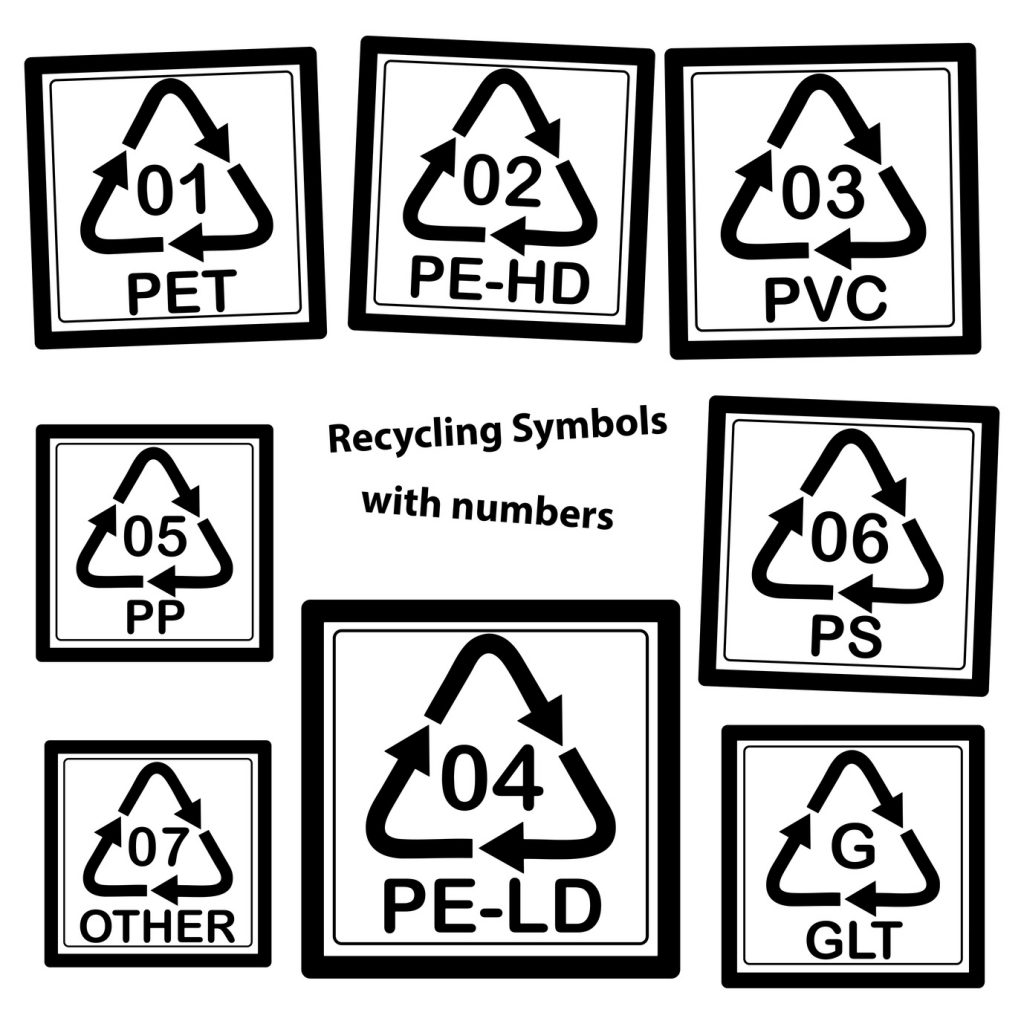 Even if you’re new to the world of recycling, chances are you are familiar with the triangular recycling symbol that is printed on the bottoms of glass, metal, and plastic containers. And if you’ve paid closer attention to plastic recyclables, you’ve probably noticed printed numbers inside those recycling symbols.
Even if you’re new to the world of recycling, chances are you are familiar with the triangular recycling symbol that is printed on the bottoms of glass, metal, and plastic containers. And if you’ve paid closer attention to plastic recyclables, you’ve probably noticed printed numbers inside those recycling symbols.
Every plastic bottle or container has a recycling symbol, along with a number inside ranging from 1 to 7. Here is a look at the differences between these numbers and what they mean in terms of how these plastics are recycled.
#1: PET or PETE (Polyethylene Terephthalate)
Plastic #1 is typically clear and is most often found in water bottles, soda bottles, salad dressing containers, vegetable oil containers, peanut butter containers, and mouthwash containers. It can be recycled into fiber, polar fleece, tote bags, furniture, carpet, and more. It is lightweight and relatively easy to recycle, but recycling rates for this category of plastics remain fairly low (about 20%).
#2: HDPE or PE-HD (High Density Polyethylene)
Plastic #2 is usually opaque and is considered one of the safest plastics (along with plastic #4 and plastic #5). You’ll find it in milk jugs, juice bottles, yogurt tubs, butter tubs, cereal box liners, household cleaner containers, detergent containers, toiletry bottles, and motor oil bottles. It is most often recycled into new detergent containers, pens, benches, picnic tables, lumber, fencing, recycling containers, and more.
#3: V or PVC (Vinyl)
Plastic #3 is most often used to make food wrap, clear food packaging, window cleaner bottles, detergent bottles, siding, and of course PVC plumbing pipes. This type of plastic is not considered as safe as other types of plastic because it has historically been associated with various health problems such as miscarriage, bone mass problems, and liver problems, and it is not often recycled through community programs. It can, however, be recycled into paneling, flooring, decks, roadway gutters, and speed bumps.
#4: LDPE or PE-LD (Low Density Polyethylene)
Low density polyethylene is most often found in squeezable bottles, shopping bags, bread bags, frozen food containers, clothing, and carpet. It is considered one of the safest plastics (along with plastic #2 and plastic #5), but it is not often recycled through community programs. Plastic #4 is typically recycled into trash cans, trash can liners, compost bins, shipping envelopes, paneling, and floor tiles.
#5: PP (Polypropylene)
Plastic #5 is also considered one of the safest plastics, and it is typically found in ketchup bottles, syrup bottles, medicine bottles, and yogurt containers. It is commonly recycled into brooms, ice scrapers, bins, car battery cases, signal lights, and bicycle racks.
#6: PS (Polystyrene)
Polystyrene is styrofoam, which is notoriously difficult to recycle. It also has a number of associated health risks. You’ll find this type of plastic in disposable plates and cups, take home containers, meat trays, egg cartons, and CD cases. It is most commonly recycled into new egg cartons, new take home containers, foam packing, insulation, rulers, light switch plates, and vents.
#7: Other, Miscellaneous
Plastic #7 is a catch-all category that contains all plastics that do not fit into one of the other six plastic categories. Some plastics in the #7 category include polycarbonate (which contains BPA, a known hormone disrupter), nylon, extra large water bottles, sunglasses, computer cases, iPod cases, and bullet-proof materials. These plastics are typically recycled into plastic lumber and other custom-made products.
